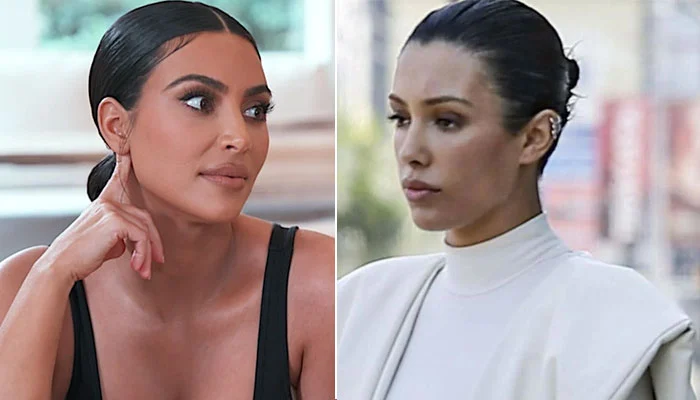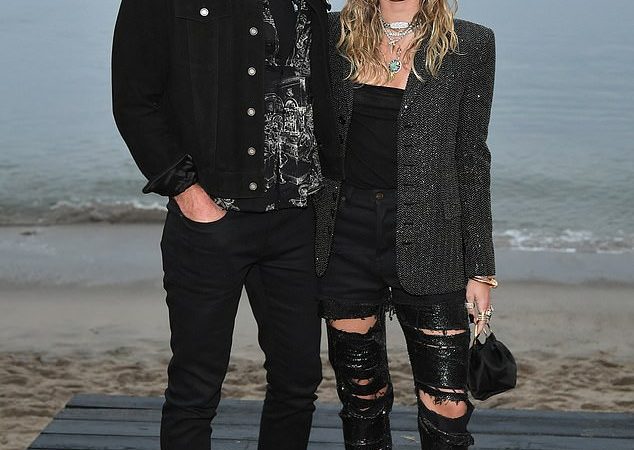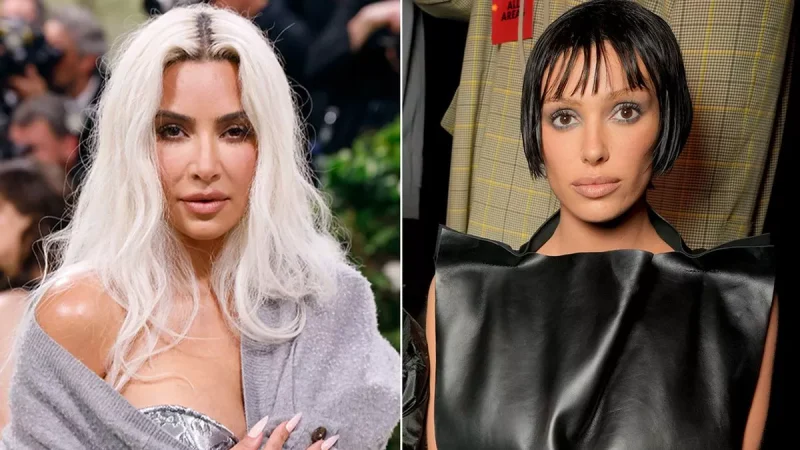Beyoncé, Taylor Swift, Barbenheimer To Add $8.5 Billion to US Economy in Q3
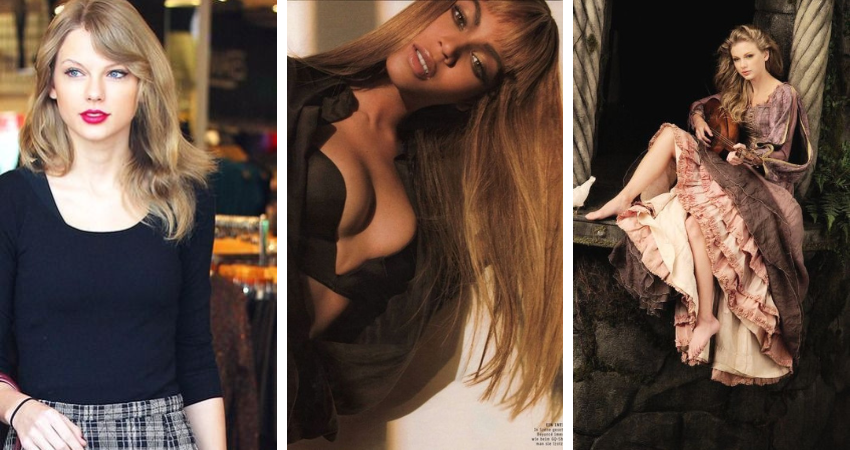
Beyoncé, Taylor Swift, and Barbenheimer boosted summer spending, but the effect won’t last
Beyoncé, Taylor Swift, Barbie, and Oppenheimer may have boosted the U.S. economy this summer to the tune of an expected $8.5 billion, according to Morgan Stanley. But concerts end, and student loan bills will come due, meaning the effect probably won’t last, the firm warned.

According to a report released on Wednesday by Morgan Stanley, spending on Beyoncé’s Renaissance Tour, Swift’s Eras Tour, and movie tickets for the summer’s hit films Barbie and Oppenheimer, often referred to as Barbenhiemer, is expected to add about $8.5 billion to the economy in Q3 of 2023, with Beyoncé and Swift’s tours making up two-thirds of that amount. However, consumer spending will likely decrease in Q4, as the concert tours wrap up and student loan payments resume.
The billions of dollars generated by these summer concert tours and Barbenhiemer drove strong growth in Q3, with U.S. consumer spending increasing by 1.9% year-over-year, according to a Morgan Stanley note. The tours and Barbenheimer contributed 0.7 percentage points to personal consumption and expenditure (PCE) growth and 0.6 percentage points to GDP in Q3. Consumer spending increased 0.8% overall in July—the fastest rate since January, according to the Bureau of Economic Analysis.1
Beyonce, Swift, and Barbenheimer Could Bring in Billions
Media analysts at Morgan Stanley estimate that Barbie and Oppenheimer have brought in a combined total of about $2.3 billion in ticket and food sales. And, international ticket sales could add another billion.
Meanwhile, concertgoers catching Beyoncé on her Renaissance Tour in the U.S. are spending an average of $1,800 on tickets, flights, H๏τels, and food, while those going to Swift’s Eras Tour are spending an average of $1,500, according to Pollstar and Bloomberg.2 Both tours are expected to bring in about $5.4 billion in spending in Q3, according to Morgan Stanley.
Summer Spending Expected to Cool, As Student Loan Payments Resume
However, the Beyoncé, Swift, and Barbenheirmer effect won’t last long, according to the Morgan Stanley report. The spending on these concerts and Barbenheimer were one-offs—Swift’s tour wrapped its U.S. dates in August, and Beyonce’s Renaissance will wrap at the end of September, causing a dip in consumer spending by an estimated 0.6 percentage points, according to the Morgan Stanley report.
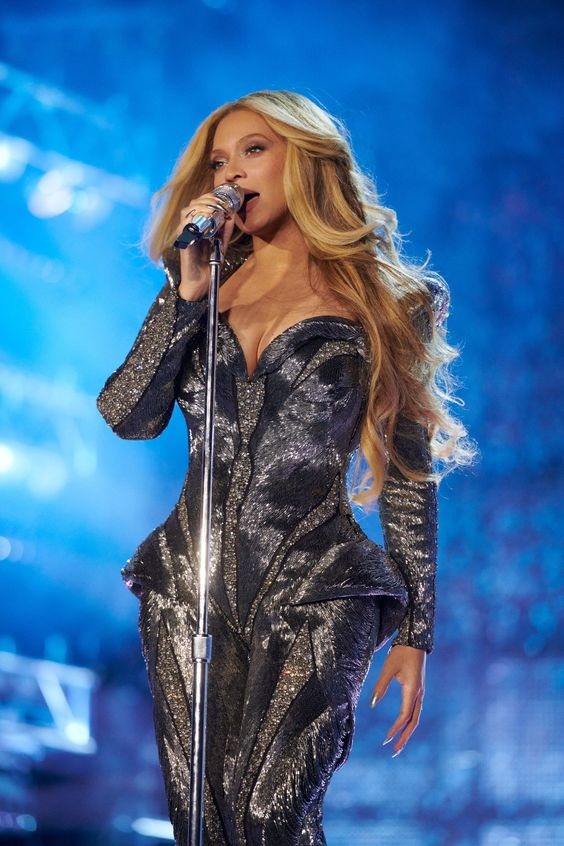
As these tours wind down, federal student loan payments are set to resume on October 1, making it less likely consumers will spend money on discretionary items like concerts and movies.
The end of the three-year-long pause on federal student loans will affect 26.6 million borrowers, each with an average of $41,000 in student loans. The end of the student loan moratorium is expected to reduce consumer spending by another 0.8 percentage points, according to an estimate by Morgan Stanley.

The survey found that nearly half of student loan borrowers will likely resume payments in Q4 of 2023. While the 12-month grace period for student loans implemented by the Biden Administration should cushion the impact on spending, reduced consumer spending will likely continue into Q1 of 2024, when another 20% of borrowers will resume student loan payments, per the survey.

Level up your trading skills with TradingView charts
Apply advanced analysis features with easy access to TradingView charts on eToro, and be prepared for every market event with the Economic Calendar. Start trading smarter today.
